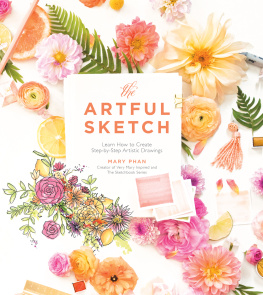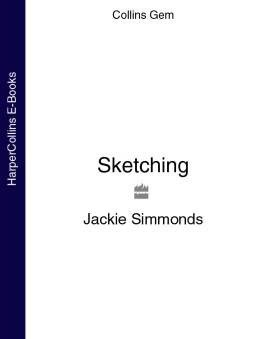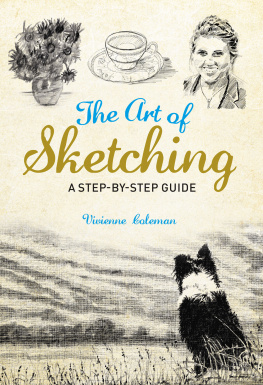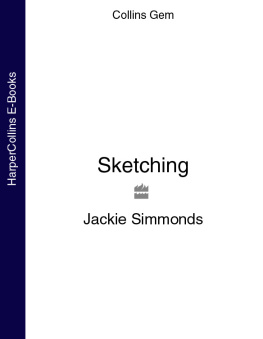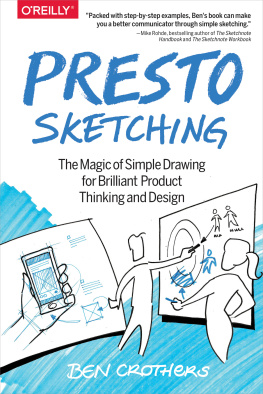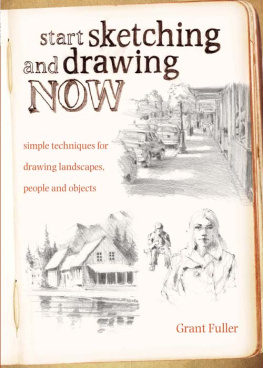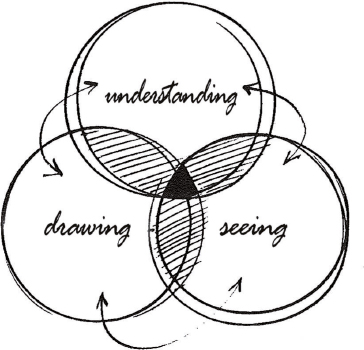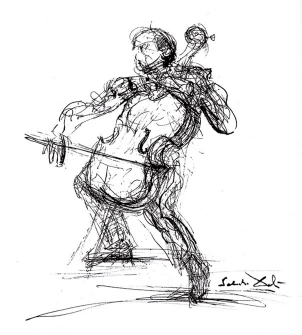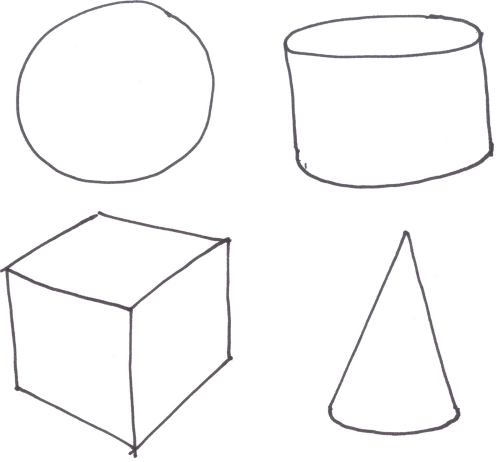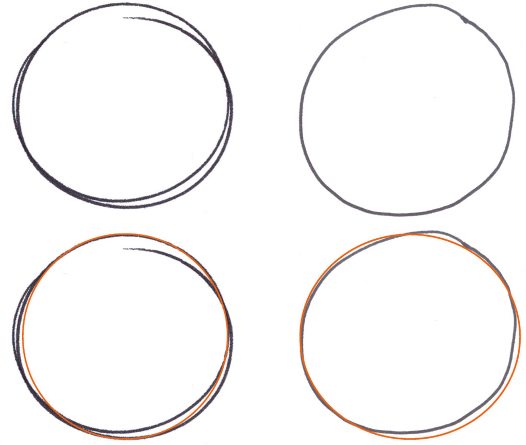George Hlavács - The Exceptionally Simple Theory of Sketching
Here you can read online George Hlavács - The Exceptionally Simple Theory of Sketching full text of the book (entire story) in english for free. Download pdf and epub, get meaning, cover and reviews about this ebook. year: 2021, publisher: BIS Publishers, genre: Romance novel. Description of the work, (preface) as well as reviews are available. Best literature library LitArk.com created for fans of good reading and offers a wide selection of genres:
Romance novel
Science fiction
Adventure
Detective
Science
History
Home and family
Prose
Art
Politics
Computer
Non-fiction
Religion
Business
Children
Humor
Choose a favorite category and find really read worthwhile books. Enjoy immersion in the world of imagination, feel the emotions of the characters or learn something new for yourself, make an fascinating discovery.
- Book:The Exceptionally Simple Theory of Sketching
- Author:
- Publisher:BIS Publishers
- Genre:
- Year:2021
- Rating:5 / 5
- Favourites:Add to favourites
- Your mark:
The Exceptionally Simple Theory of Sketching: summary, description and annotation
We offer to read an annotation, description, summary or preface (depends on what the author of the book "The Exceptionally Simple Theory of Sketching" wrote himself). If you haven't found the necessary information about the book — write in the comments, we will try to find it.
When watching a masterful sketcher, it seems that they create elaborate sketches with ease, tracing their pencils on the page and bringing to life rich and detailed drawings. After sweating away hours trying to create a simple sketch, you may find that yours pales in comparison, looking amateurish and unprofessional. Why is it that you cant do what these masters can?
While many assume the difference comes down to accurate strokes and natural talent, you couldnt be further from the truth. Accuracy is not everything - confidence is. And, in this book, Hlavcs helps you to build up your confidence, moving through each layer of drawing and helping you understand exactly why one drawing looks more professional than another. This book breaks down the fear around sketching, walking you through how to create intricate sketches without difficulty.
No other book teaches sketching in such a natural way, allowing anyone - no matter levels of talent or their past in drawing - to learn how to make this beautiful skill an intuitive process. Hlavcs demonstrates sketching as a pathway of logical steps, starting with the most basic elements and then adding further layers to the sketches as the book progresses.
With a range of exercises to move through and pages filled with the psychology of why humans are drawn to certain sketches over others, this book will turn you into the master youve always admired. Instead of aiming for perfection, Hlavacs teaches you how to draw emotionally, using confidence in place of skill and understanding in place of talent.
No matter who you are, The Exceptionally Simple Theory of Sketching will give you rules and demonstrations that will turn every sketch you create into a masterpiece.
George Hlavács: author's other books
Who wrote The Exceptionally Simple Theory of Sketching? Find out the surname, the name of the author of the book and a list of all author's works by series.





